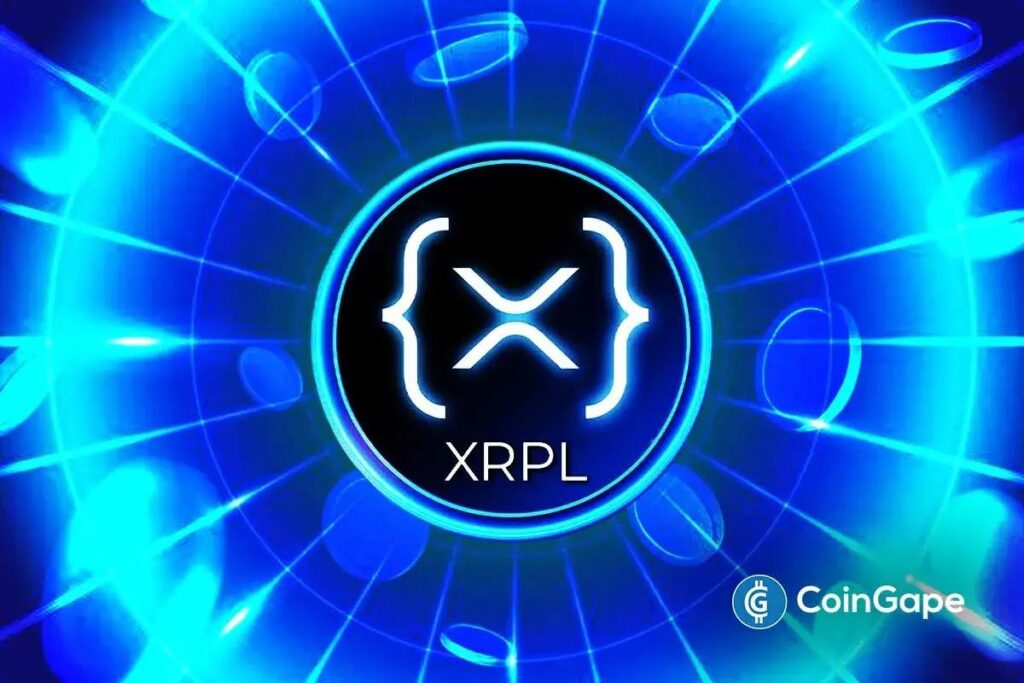XRP Ledger’s Multi-Purpose Token Standard: Revolutionizing Real-World Asset Tokenization
The introduction of the Multi-Purpose Token (MPT) standard on the XRP Ledger (XRPL) marks a significant advancement in the tokenization of real-world assets (RWAs). Designed to facilitate seamless integration into the XRPL protocol, MPT allows institutions to issue tokens more efficiently without the necessity for custom smart contracts. This innovative standard not only streamlines token management but also addresses various regulatory and operational requirements in the financial landscape. As organizations increasingly explore the benefits of blockchain technology, MPT positions the XRPL as a leader in enabling institutions to navigate the complexities of asset tokenization.
Enhanced Compliance and User Management
One of the standout features of the MPT standard is its built-in compliance functions. Institutions can implement Know Your Customer (KYC) and Anti-Money Laundering (AML) verifications directly into the tokens they issue. This integration is crucial in a regulatory environment where compliance is a top priority for financial institutions. Issuers have the ability to define transfer rules, restrict token holdings to approved users, and set supply caps—ensuring that only qualified participants can engage in transactions. Furthermore, the on-chain metadata feature enhances transparency by enabling automated reporting, which can significantly reduce operational risks and improve audit processes.
Transactional Versatility with Cost Management
MPT tokens also incorporate the ability to manage transaction costs effectively through the application of transfer fees. This feature allows issuers to create a more economically viable environment for users engaging with RWAs on the XRP Ledger. By leveraging this capability, institutions can adjust fees based on market demand or other operational considerations, making the financial ecosystem on XRPL even more versatile. This is particularly important for institutional players, as they seek systems that can accommodate dynamic financial environments while keeping operational costs manageable.
Compatibility and Incremental Development
The launch of the MPT standard follows the recent Smart Escrow DevNet update, which included optimizations related to fees, reserves, and bug fixes. Importantly, MPT was thoughtfully designed with future developments in mind. While current trading functionalities for MPT on decentralized exchanges (DEXs) are not yet available, the XRP Ledger team, led by experts like Kenny, has communicated that Automated Market Maker (AMM) and DEX support will be integrated soon. This incremental approach not only fosters stability but also prepares the landscape for even more robust features down the line, allowing institutions to adjust at their own pace.
Future-Focused Institutional DeFi Applications
The MPT standard is poised to play an essential role in supporting institutional decentralized finance (DeFi) applications. Beyond merely tokenizing assets, MPTs will enable innovations such as pooled lending, credit verification, and tokenized collateral. Furthermore, the upcoming XRPL version 3.0.0 is anticipated to introduce a native lending protocol that allows for the issuance of regulated, low-cost loans directly on the ledger. This aligns well with Ripple’s strategic vision of positioning tokenized assets and stablecoins as key components of its institutional roadmap, ultimately facilitating more efficient payments, lending, and settlements.
Privacy and Regulatory Compliance Innovations
Additionally, Ripple is committed to enhancing the MPT standard with features such as Confidential MPTs, which enable privacy-preserving transfers. This capability is particularly relevant for financial institutions that prioritize user confidentiality while maintaining compliance with regulatory standards. As part of its broader strategy, Ripple has outlined mechanisms like Credentials, Deep Freeze, Token Escrow, and permissioned decentralized exchanges to assist issuers in managing risk and maintaining regulatory adherence. Such innovations reflect a commitment to decentralization without sacrificing the necessary oversight that is critical in today’s financial environment.
Conclusion: A New Era for Tokenized Assets
The launch of the Multi-Purpose Token standard on the XRP Ledger marks a pivotal moment for the financial sector’s approach to tokenization. By simplifying the issuance of real-world assets, enhancing compliance, and supporting institutional DeFi applications, MPT has positioned itself as a framework that bridges traditional finance and blockchain technology. As Ripple continues to expand the capabilities of the XRPL, the incremental development of its features ensures that institutions can adopt this revolutionary standard with confidence. The future of tokenized assets looks promising, and the XRPL is at the forefront of this transformation.
With an emphasis on compliance, efficiency, and innovation, the XRP Ledger’s MPT standard is set to redefine how institutions engage with tokenized assets, laying the groundwork for a more transparent and accessible financial ecosystem.


